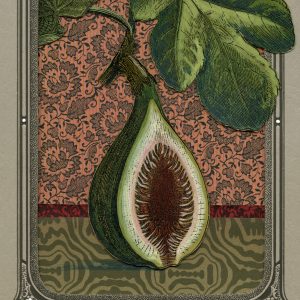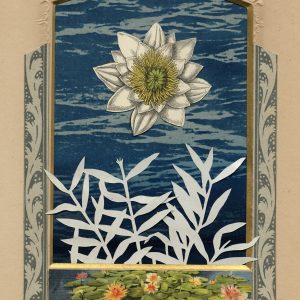Late Migrations: a natural history of love and loss (Milkweed Editions, 2019)
From New York Times opinion writer Margaret Renkl comes an unusual, captivating portrait of a family—and of the cycles of joy and grief that inscribe human lives within the natural world.
Growing up in Alabama, Renkl was a devoted reader, an explorer of riverbeds and red-dirt roads, and a fiercely loved daughter. Here, in brief essays, she traces a tender and honest portrait of her complicated parents—her exuberant, creative mother; her steady, supportive father—and of the bittersweet moments that accompany a child’s transition to caregiver.
And here, braided into the overall narrative, Renkl offers observations on the world surrounding her suburban Nashville home. Ringing with rapture and heartache, these essays convey the dignity of bluebirds and rat snakes, monarch butterflies and native bees. As these two threads haunt and harmonize with each other, Renkl suggests that there is astonishment to be found in common things: in what seems ordinary, in what we all share. For in both worlds—the natural one and our own—“the shadow side of love is always loss, and grief is only love’s own twin.”
“Late Migrations is illustrated with nearly two-dozen collages by Billy Renkl, the author’s brother. His full-page images, reproduced in color, remind one of canning labels, their aesthetic both a celebration of and an elegy for a rural past. A liberating lyricism informs them, too. In a picture near a reference to his mother’s gardening, Mr. Renkl places a tomato atop a classical pedestal, fondly—and plausibly—framing the fruit of her labor as a work of art.”
~The Wall Street Journal
“In a series of short essays exquisitely illustrated by her brother, Renkl tells the story of three generations of her family and the natural world buzzing around them.”
~People Magazine
“Drawings by Billy Renkl — yes, the brother about whom the author worried, who here has created a marigold, a blue jay, a fig, a thunderstorm, with an artist’s sure touch — lend extra colors and grace to the book.”
~Barbara J. King, National Public Radio
“Collages made by the author’s brother, Billy Renkl, appear alongside certain chapters, illustrating an element — plant or animal — discussed within. Half fairy tale etching, half Joseph Cornell box, the collages are a visual simulacrum of the text — dreamlike, self-consciously old-fashioned, melancholy, lovely.”
~Austin Adams, The Los Angeles Review of Books












